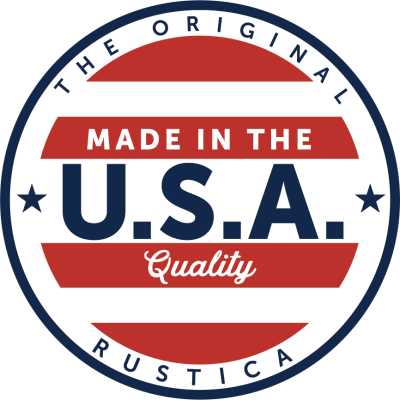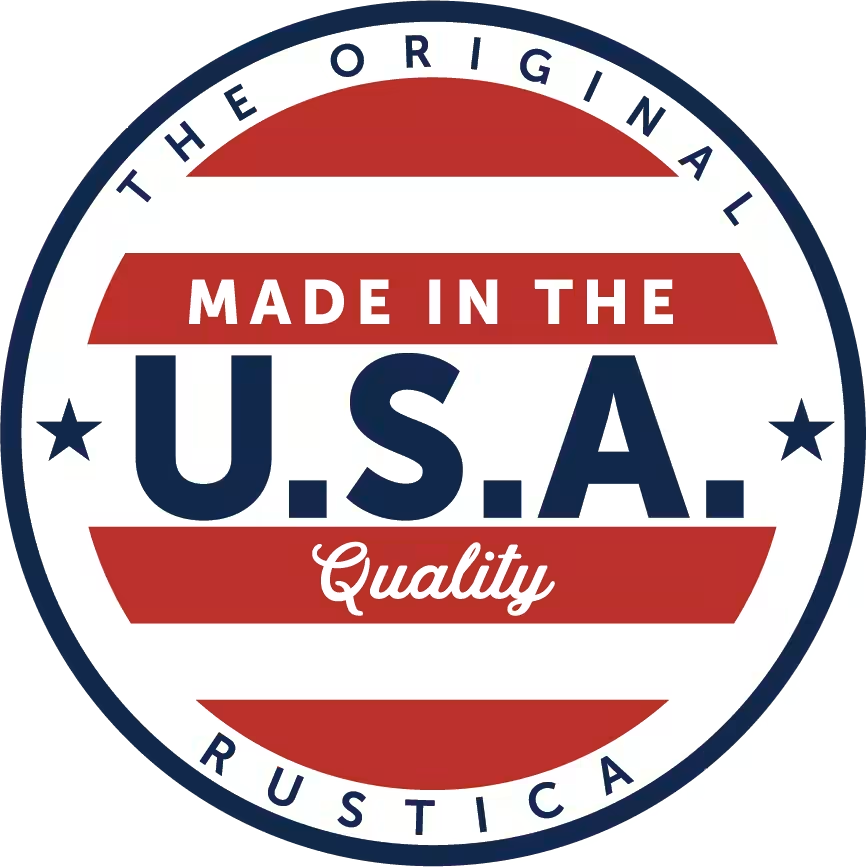
Save on Cooling Bills With the Right Window Awning
Wednesday, July 2nd, 2025
Share
Window awnings reduce heat, lower cooling costs, and protect your windows from rain and sun. You can find them in fixed or retractable styles, made from fabric, metal, or polycarbonate. Choosing the right one depends on your window size, climate, and how much coverage you want.
What Is a Window Awning?
A window awning is a structure mounted above a window. It extends outward to block the sun and rain. Unlike awning-style windows, these are external covers, not part of the window unit itself.
Awnings are made from fabric, aluminum, or vinyl. Some stay in place year-round. Others can retract manually or with a motor. They fit over small or large windows and come in many shapes and angles.
Benefits of Adding Window Awnings
Heat Reduction
Window awnings reduce indoor heat by blocking direct sunlight before it hits the glass. This helps lower room temperatures without relying solely on air conditioning. Homeowners may see lower energy bills during hot months. In hot climates, this can make a noticeable difference in comfort and energy use.
UV Protection
Awnings limit exposure to ultraviolet rays that can damage interior surfaces. Prolonged sunlight fades furniture, curtains, and flooring. By blocking UV rays, awnings help maintain the appearance and lifespan of household items. This benefit is most noticeable in rooms with direct sunlight.
Weather Protection
Awnings shield windows from rain, hail, and debris. This helps reduce the chance of water leaks and damage to window seals. They also protect painted frames and trim from premature wear. Over time, this can extend the life of the window system.
Exterior Appearance
Awnings add shape and structure to a home’s exterior. They can match or contrast with trim, doors, or roofing. This visual detail helps complete the overall look of the building. Homeowners can pick from many materials, angles, and colors.
Fixed Awnings
Fixed awnings stay in one position once installed. They provide constant shade and weather protection. These awnings work well in places with steady sun or rainfall. You can mount them above windows, doors, or storefronts. Most fixed awnings use aluminum, polycarbonate, or heavy-duty fabric stretched over a frame.
Retractable Awnings
Retractable awnings can extend or retract based on your needs. You can adjust them to block the sun or allow more light in. Manual options use a crank handle, while motorized models work with a remote or wall switch. Retractable designs are good for areas with changing seasons or wind conditions.
Fabric Awnings
Fabric awnings use canvas, acrylic, or polyester materials. They come in many colors and patterns, which helps match your home or building. These awnings may fade or wear over time, so they often need replacement after several years. Some versions have a water-repellent coating.
Aluminum Awnings
Aluminum awnings resist rust and need very little maintenance. They perform well in heavy rain, wind, and direct sun. Most aluminum awnings have a simple appearance with fewer design options. They're often used in commercial settings or on older homes.
Vinyl Awnings
Vinyl awnings are stronger than fabric but lighter than metal. They resist mildew and moisture well, which makes them a good choice for humid areas. While color and style options are more limited than fabric, they offer a balance between appearance and durability.
Types of Window Awnings
Fixed Awnings
Fixed awnings stay in one position once installed. They provide constant shade and weather protection. These awnings work well in places with steady sun or rainfall. You can mount them above windows, doors, or storefronts. Most fixed awnings use aluminum, polycarbonate, or heavy-duty fabric stretched over a frame.
Retractable Awnings
Retractable awnings can extend or retract based on your needs. You can adjust them to block the sun or allow more light in. Manual options use a crank handle, while motorized models work with a remote or wall switch. Retractable designs are good for areas with changing seasons or wind conditions.
Fabric Awnings
Fabric awnings use canvas, acrylic, or polyester materials. They come in many colors and patterns, which helps match your home or building. These awnings may fade or wear over time, so they often need replacement after several years. Some versions have a water-repellent coating.
Aluminum Awnings
Aluminum awnings resist rust and need very little maintenance. They perform well in heavy rain, wind, and direct sun. Most aluminum awnings have a simple appearance with fewer design options. They're often used in commercial settings or on older homes.
Vinyl Awnings
Vinyl awnings are stronger than fabric but lighter than metal. They resist mildew and moisture well, which makes them a good choice for humid areas. While color and style options are more limited than fabric, they offer a balance between appearance and durability.
Measuring and Planning for Your Awnings
Start by measuring the width of each window, then add 6 to 12 inches on both sides to allow for proper coverage. This extra width improves shade and protects window frames from rain and sun exposure. Next, determine the projection—the distance the awning extends outward. Most projections fall between 18 and 36 inches, depending on how much shade you want.
Consider how far down you want the awning to cover the window. Some installations only block the top portion, while others provide full vertical coverage. Measure the height of the window to help guide this decision. Be precise and take measurements from multiple points if the surface is uneven.
Review your numbers carefully before placing an order. Most custom awnings are non-refundable once production begins. If in doubt, ask the supplier for measuring guidelines or consider hiring a professional to verify the dimensions.
Check Local Rules and Home Requirements
Some areas require permits for exterior fixtures. Contact your local building department to check.
If you live under an HOA, review the rules. Some limit material types or colors. Others need written approval before installation.
Cost Breakdown
Average price per window:
- Fabric: $100–$300
- Aluminum: $150–$400
- Vinyl: $120–$350
Motorized versions and custom finishes cost more. Installation adds $50–$150. The total cost per window is usually $200–$600.
Maintenance Tips by Material
Proper maintenance keeps your awnings in good condition and helps them last longer. Here's how to care for different types of awnings based on their material and design.1. Fabric Awnings
Rinse fabric awnings with a garden hose every few months to remove dirt and debris. Avoid pressure washers, which can damage the fabric. Use mild soap and a soft brush if you notice stains or mildew. Rinse thoroughly and let it dry completely before retracting or rolling up.
Check for fading, small tears, or mold. Repair damage early to keep it from spreading. In areas with heavy rain or snow, remove or store fabric awnings during winter to avoid stretching or mildew.
2. Aluminum Awnings
Wipe aluminum awnings with a damp cloth to remove dust and grime. For sticky residue or bird droppings, use a mild cleaner. Inspect for dents, rust spots, or paint damage once or twice a year.
Check mounting brackets and screws for tightness. Tighten any that are loose. Although aluminum is durable, prolonged exposure to salty air or corrosive elements can shorten its lifespan if not cleaned regularly.
3. Retractable Awnings
Lubricate the moving parts once a year. Use a silicone-based spray on the joints and arms. Test the extension and retraction to make sure the motion is smooth.
Clean the housing and awning surface just like a fixed model, depending on the material. If the awning is motorized, test the remote and controls and replace the batteries if needed. Always retract during high winds, snowstorms, or hail to prevent damage.
How to Buy a Window Awning
Buying a window awning takes more than picking a style. You need to consider your climate, window size, and how you’ll install it. Follow these steps to get the right fit and long-term value.
1. Identify Your NeedsDecide what you need most: shade, weather protection, or added curb appeal. Some awnings focus on insulation and sun control, while others prioritize design.
2. Measure Your WindowsMeasure the width of each window and add 6 to 12 inches on both sides. Record the height and how far you want the awning to project outward. Double-check all measurements before placing an order. Avoid guessing or rounding up.
3. Check Local and HOA RulesContact your local building department to find out if permits are required. If you’re in an HOA, confirm any limits on size, color, or material.
4. Choose Material and TypePick a design that fits your climate and window location. Avoid fabric in windy or snowy areas. Use aluminum or retractable options instead. Choose fixed models for constant coverage or retractable ones for flexibility.
5. Get QuotesCompare prices from at least two or three suppliers. Include delivery and installation costs in your estimate.
6. Plan Your InstallationInstall brackets into a strong surface like brick, wood, or stucco. Use proper anchors and tools. If you’re unsure about mounting or electrical wiring, hire a professional.
Is a Window Awning Right for Your Home?
Window awnings provide real, measurable value. They reduce heat inside your home, lower your cooling bills, and protect your windows and interior from UV damage and rain. They also add visual structure to your exterior, with a wide range of materials and colors to fit different house styles. Whether you live in a warm, sunny climate or need extra protection from year-round weather, there’s likely an awning type that fits your needs.
Before you buy, take time to measure carefully and think through where and how you’ll install the awning. Check local building codes and HOA rules to avoid problems later. Choose materials that match your climate—aluminum and retractable designs work best in wind or snow zones, while fabric or vinyl suit milder weather. With the right setup, a well-chosen awning lasts for years and helps improve your home’s comfort and appearance.
Powered by Froala Editor



Hitching Post
Event Venue
1520 N Main Street
Springville UT 84663
PRODUCTS
FEATURES
COMPANY
BUSINESS



